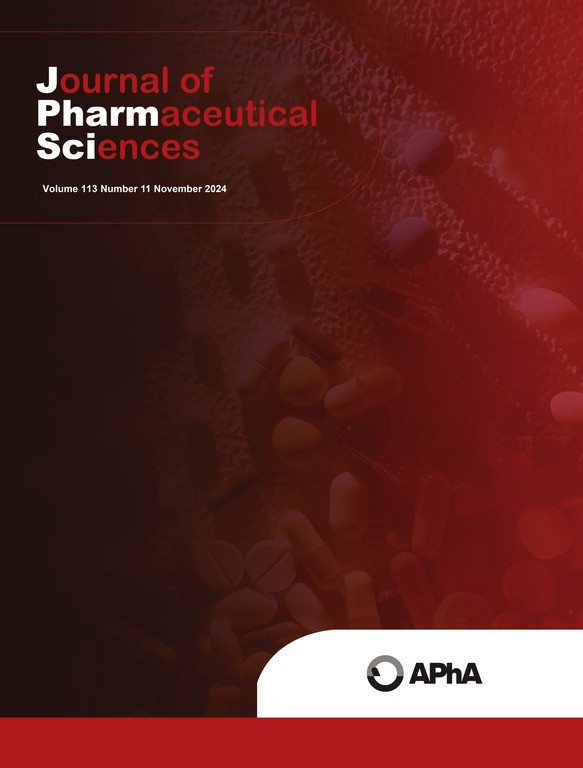与其他工艺相比,制造退火温度对封闭安瓿灭菌和去热原的有效性。
IF 3.7
3区 医学
Q2 CHEMISTRY, MEDICINAL
引用次数: 0
摘要
血液中存在内毒素可导致意外发热,在严重的情况下,内毒素血症和菌血症可导致死亡。细菌内毒素的减少,即去热原作用,对于制备用于注射药品的安瓿等初级包装部件至关重要。玻璃安瓿的耐久性取决于适当的退火工艺。如果玻璃没有正确退火,它很容易因温度的微小变化或机械冲击或应力而开裂或破碎。为了评估灭菌和去热原的有效性,在250°C的干热烘箱中使用30分钟。采用鲎试剂(LAL)法检测内毒素,并在该温度下观察到有效的杀菌和去热原作用。研究了玻璃安瓿加热到不同温度对灭菌和去热原过程的影响。该研究涵盖了温度范围(250°C - 550°C),并包括与皮带速度相对应的保持阶段时间(105、120和200秒)。内毒素的去除是通过暴露在350°C至550°C的特定时间间隔和300°C的暴露时间为200秒来实现的。当玻璃安瓿在500°C下退火105秒时,无论安瓿的大小如何,都观察到内毒素的缺失。测试密封安瓿去热原的替代方法,如环氧乙烷(EtO)、氢氧化钠(NaOH)和盐酸(HCl),也被证明与温度有明确的比较,被认为是最有效的经济方法。这项研究表明,在特定温度下退火密封玻璃安瓿可以替代灌装前的灭菌和去热原过程,从而节省时间、劳动力、机器工作、能源和成本。本文章由计算机程序翻译,如有差异,请以英文原文为准。
Effectiveness of manufacturing annealing temperature on sterilization and depyrogenation of closed ampoules compared with other techniques
The presence of endotoxin in the bloodstream can lead to unexpected fever and, in severe cases, endotoxemia and bacteremia that can lead to death. The reduction of bacterial endotoxin, known as depyrogenation, is crucial for preparing primary packaging components like ampoules for use in injectable drug products. The durability of glass ampoules depends on the proper annealing process. If glass is not annealed correctly, it is prone to cracking or shattering from even small changes in temperature or from mechanical shock or stress. To evaluate the effectiveness of sterilization and depyrogenation, a dry heat oven at 250°C was used for 30 min. The Limulus Amebocyte Lysate (LAL) assay was utilized to detect endotoxin, and efficient sterilization and depyrogenation were observed at this temperature. The impact of heating glass ampoules to various temperatures on the process of sterilization and depyrogenation was studied. This investigation covered a range of temperatures (250°C - 550°C), and included holding stage times (105, 120, and 200 s) corresponding to the belt speed. The removal of endotoxins was achieved by exposing to temperatures from 350°C to 550°C for specific time intervals and at 300°C with an exposure time of 200 s. The absence of endotoxin was observed when annealing glass ampoules at 500°C for 105 s, regardless of the ampoules' size. Alternative methods for testing depyrogenation of sealed ampoules, such as ethylene oxide (EtO), sodium hydroxide (NaOH), and hydrochloric acid (HCl), were also demonstrated to have a clear comparison against temperature which considered the best effective economic method . This research indicates that annealing sealed glass ampoules at specific temperatures can serve as a replacement for sterilization and depyrogenation processes prior to filling, leading to savings in time, labor, machine work, energy, and cost.
求助全文
通过发布文献求助,成功后即可免费获取论文全文。
去求助
来源期刊
CiteScore
7.30
自引率
13.20%
发文量
367
审稿时长
33 days
期刊介绍:
The Journal of Pharmaceutical Sciences will publish original research papers, original research notes, invited topical reviews (including Minireviews), and editorial commentary and news. The area of focus shall be concepts in basic pharmaceutical science and such topics as chemical processing of pharmaceuticals, including crystallization, lyophilization, chemical stability of drugs, pharmacokinetics, biopharmaceutics, pharmacodynamics, pro-drug developments, metabolic disposition of bioactive agents, dosage form design, protein-peptide chemistry and biotechnology specifically as these relate to pharmaceutical technology, and targeted drug delivery.

 求助内容:
求助内容: 应助结果提醒方式:
应助结果提醒方式:


